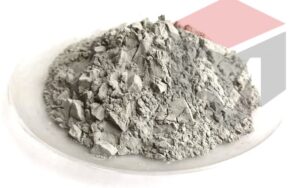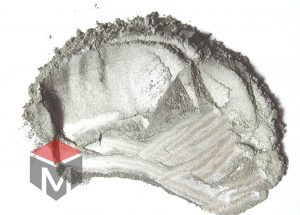Silver metal powders
Nano silver metal powders / spherical particle Ag 99.99%
Price range: €68.00 through €3,600.00 excl. VAT
Silver metal powder 250 µm / 60 mesh / Ag 99.99% / Spherical particle shape
Price range: €23.00 through €1,580.00 excl. VAT
Silver metal powder 15 µm / 800mesh / ultrafine silver particle flake conductive Ag 99.99%
Price range: €35.00 through €2,040.00 excl. VAT
Silver metal powder 1-3 µm / 12000-4800mesh / ultrafine silver particle flake conductive Ag 99.99%
Price range: €35.00 through €2,040.00 excl. VAT
Silver metal powder 5-10 µm / 2500-1250 mesh / ultrafine silver particle flake conductive Ag 99.99%
Price range: €35.00 through €2,040.00 excl. VAT
Silver metal powder 3-5 µm / 4800-2500mesh / ultrafine silver particle flake conductive Ag 99.99%
Price range: €35.00 through €2,040.00 excl. VAT
Silver Metal Powder
Silver metal powder is produced by a chemical reduction method using silver nitrate as a starting raw material, sodium hydroxide or ammonium hydroxide as a reactant, and formaldehyde as a reducing agent. The effects of changes in the ratio of silver nitrate to base concentration on the properties of silver microparticles were investigated. The particle dimension and figure of the silver metal powder depended on the molar ratio of silver nitrate to a base and the properties of the ground.History of Silver
Silver was known for its ancient civilization. Silver is a smooth, shapeable metal with a special glow. Also, thermal conductivity and electrical conductivity are the highest among metals. Silver is typically found in a single ore or in ores containing sulfides and arsenic, which is then recovered as cyanide and then reduced to metal in an aqueous solution using zinc. Although pure metals are stable to water and oxygen, they are eroded by sulfur-containing compounds in the air, forming a characteristic black layer of silver sulfide.Physical properties of Sliver
Metal silver is available in shapes such as shots, pieces, powders, nanoparticles, Nanopowders, flakes, foils, wires, and tubes. The following grades are available for powdered silver:- Powdered Silver 81-451 is a high-purity, high-density spherical silver powder produced by the atomization method. By sieving 325/450 meshes, the grain size is 32-45 microns.
- Powdered Silver 81-637 is a high-purity, high-density spherical silver powder produced by the atomization method. The particle size is 20-45 μm and can be applied to a 450/635 mesh sieve.
- Silpowder 305 is a chemically precipitated, submicron-size, high-purity, highly dispersed silver powder. D50=1 micron.






